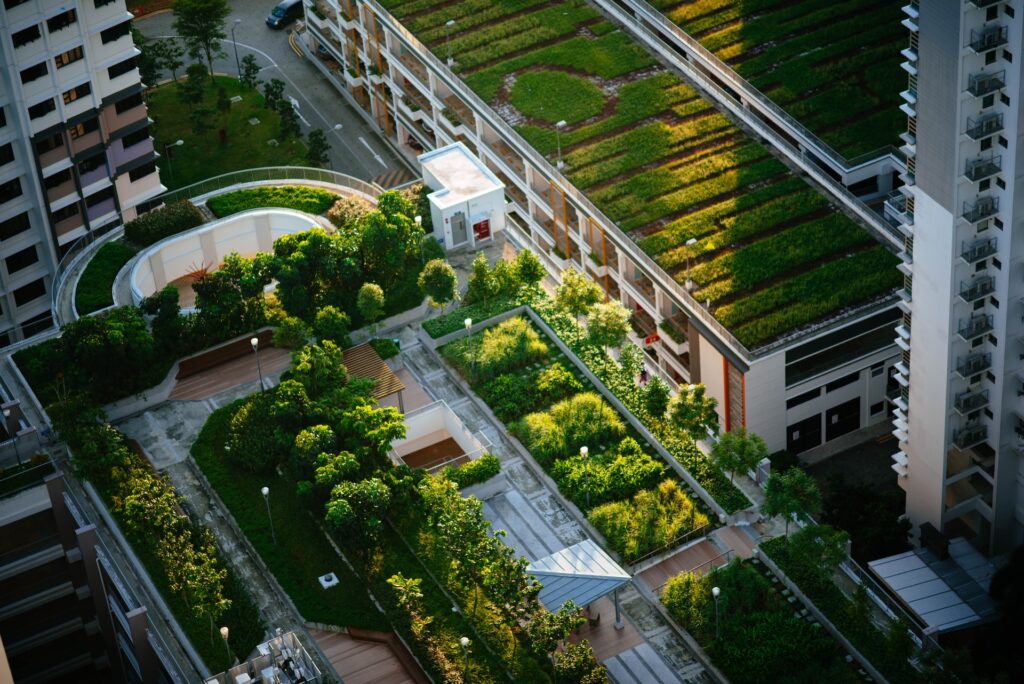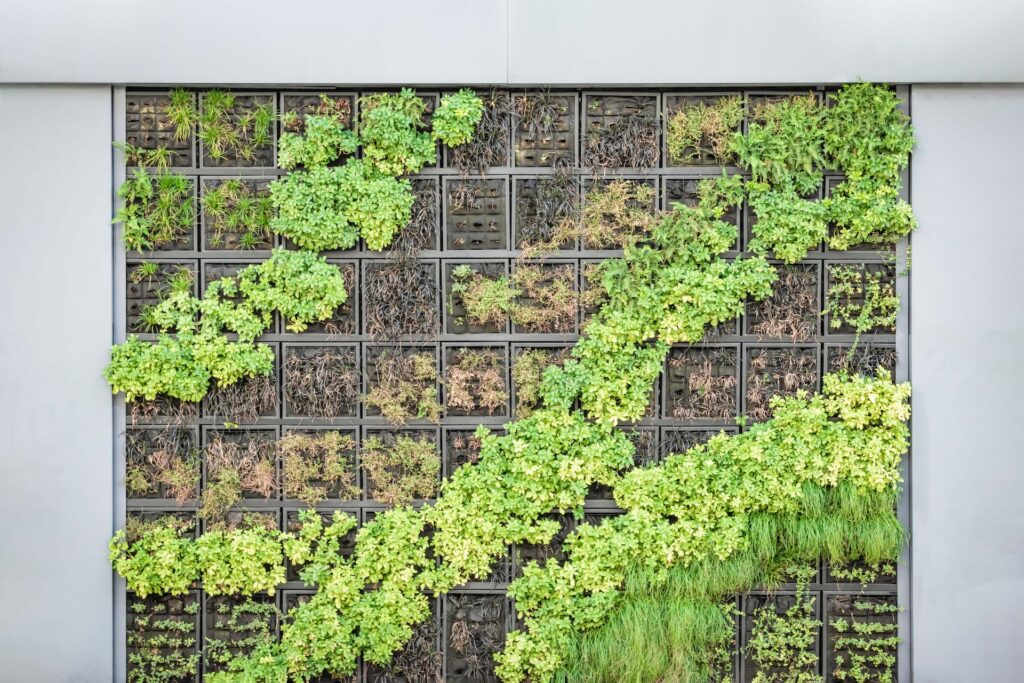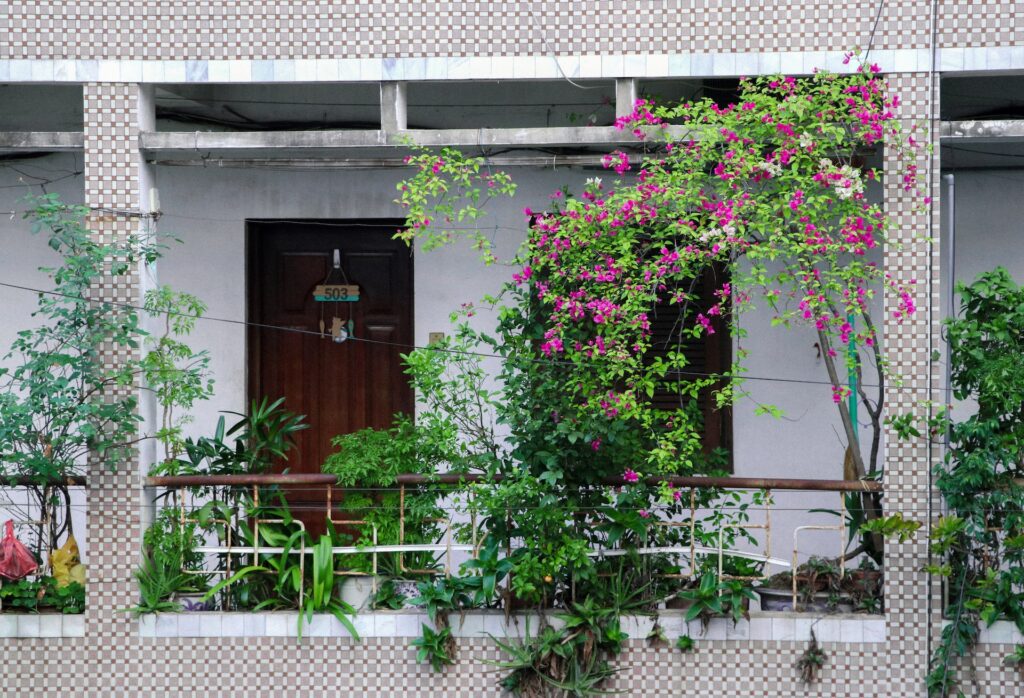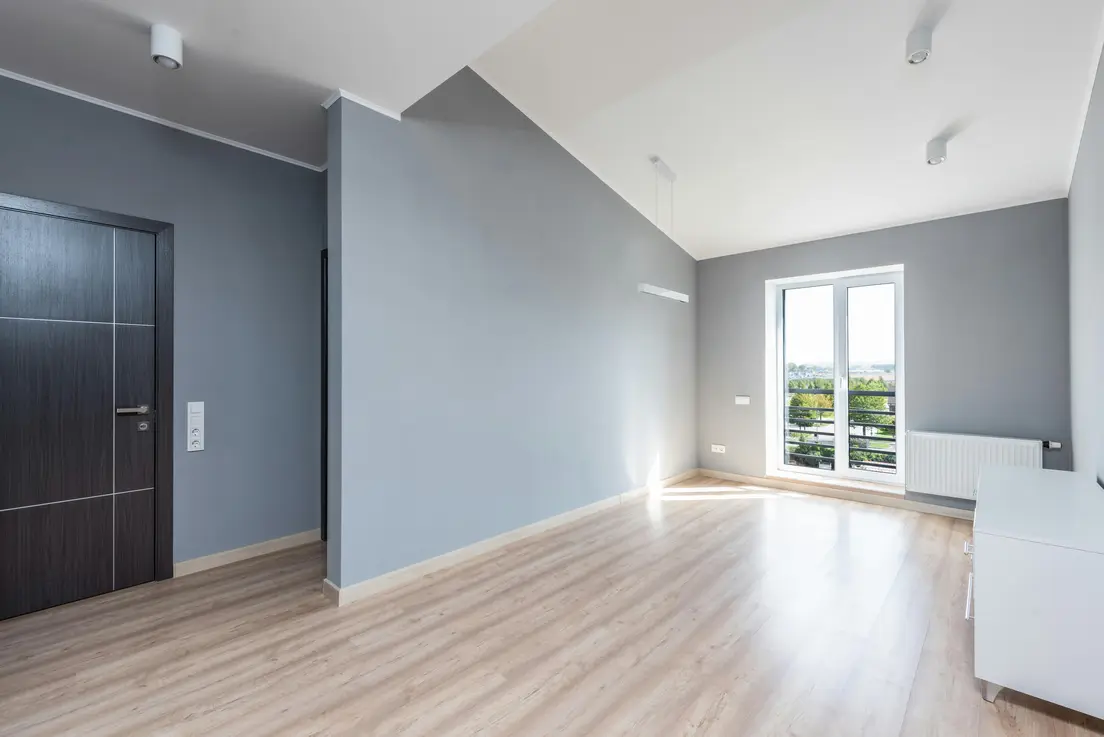Introduction
Urban environments are often characterized by concrete jungles, towering skyscrapers, and a lack of green space. However, urban gardening is a growing trend that aims to create pockets of nature in the midst of cities. Urban garden design involves transforming small spaces into lush green oases, providing city-dwellers with an escape from the hustle and bustle of urban life.
Benefits of Urban Gardens
Urban gardens offer numerous benefits both to individuals and the environment. Here are some of the key benefits:
- Improved air quality: Plants help to filter pollutants from the air, improving air quality in urban areas.
- Food production: Urban gardens can be used to grow fruits, vegetables, and herbs, providing a source of fresh, locally-grown produce.
- Stress reduction: Being in nature and engaging in gardening activities have been shown to reduce stress levels and improve mental well-being.
- Community building: Urban gardens can bring communities together, providing a shared space for people to connect and collaborate.
Designing an Urban Garden
Creating an urban garden requires careful planning and consideration. Here are some tips to help you design your own green oasis:
- Assess the space: Evaluate the available space and consider factors such as sunlight, water access, and existing structures.
- Set goals: Determine what you want to achieve with your urban garden. Do you want it to be primarily ornamental, or do you also want to grow your own food?
- Choose appropriate plants: Select plants that are suitable for your climate and the specific conditions of your urban environment.
- Consider vertical gardening: If space is limited, vertical gardening can maximize the use of available space by growing plants upwards.
- Create seating areas: Designate an area for seating to make your urban garden a comfortable space to relax and enjoy.
- Think about water management: Implement water-saving techniques such as mulching and drip irrigation to minimize water usage.
Examples of Urban Gardens



Urban gardens come in various shapes and sizes. Here are some examples of innovative urban garden designs:
- Roof gardens: These gardens are created on the rooftops of buildings, utilizing the available space to create green havens with stunning city views.
- Vertical gardens: Vertical gardens use vertical structures such as walls or trellises to grow plants, enabling more greenery in limited spaces.
- Community gardens: These gardens are shared spaces where individuals from the community can come together to garden and socialize.
- Balcony gardens: Even small balconies can be transformed into beautiful gardens with the right selection of plants and containers.
Conclusion
Urban garden design offers a way to bring nature back into our cities. By creating green oases in urban environments, we can improve air quality, promote sustainability, and enhance the well-being of city-dwellers. Whether it’s a rooftop garden, a community garden, or a balcony garden, there are endless possibilities for creating beautiful and functional urban gardens.















